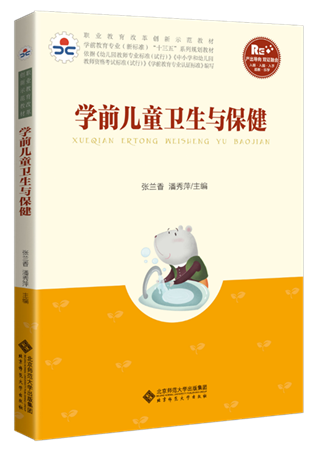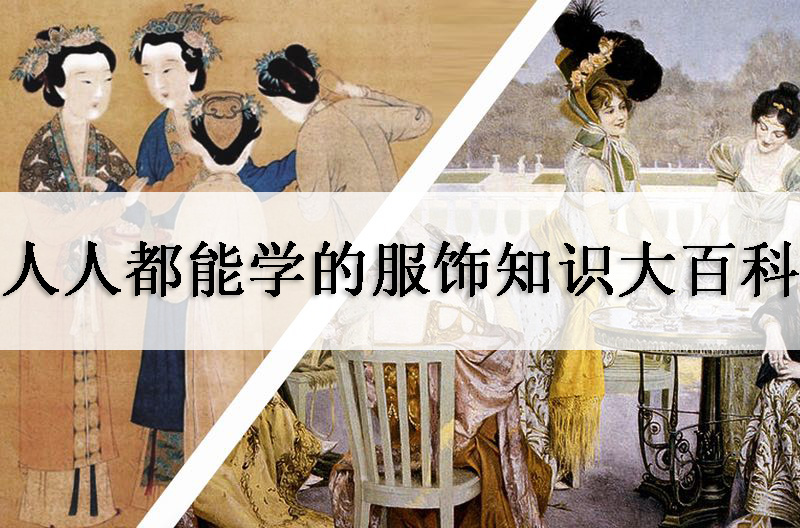
当前课程知识点:Approaching the Mysterious Traditional Chinese Medicine > Chapter 5 The Wonderful Fungus Medicine > 5.1 The Whirl Chongcao > 5.1.1 The reason why Dongchongxiacao appears like a worm in winter but a plant in summer
返回《Approaching the Mysterious Traditional Chinese Medicine》慕课在线视频课程列表
Chapter knowledge
Dongchongxiacao’s Secret
Dongchongxiacao’s Secret
In the alpine meadow with an altitude from 3500-5000 meters on the Qinghai-Tibet Plateau, a very common insect called bat moth survives and has a very strong vitalityand cold resistance ability. Instead of being eliminated by the tough climate environment, it often got plotted by other creatures.
In July and August every year, the bat moth lays tens of thousands of eggs that hatch into larvae, drill into the earth, molt again and again in the ground, then grow up gradually into pupae, and finally pupae becomes moths.
In the life history of bat moth, 99% of the lifespan, which is about 4-5 years, the bat moth lays in the form of larva in the soil, making a living by consuming grass roots. In this long process,if the larva gets accidentally infected by an ergot fungus, it will sprout to the shallow layer of the ground. At the place of 2-3cm from the surface, the larva dies with head on the top and tail on the bottom. While the infected fungal spores continue growing in the larva and slowly vanish the larva's internal organs, the larva will turn into a body full of hyphae buried in the soil. Meanwhile, the larva remains a dead "worm" shape called "dongchong"(winter worm).
At the turn of the spring and summer of the following year,the fungus grows from the top of the worm body to the ground, leaving a grass-like structure. At the top of the grass, dark brown perithecium gradually sprouts,which is so-called "xiacao" (summer grass). It indicates that the body of the larva and the grass together form the complete body of Dongchongxiacao. Therefore, Dongchongxiacao is neither a worm nor a plant, but a complex with cordyceps parasitized on the larva of bat moth.
返回《Approaching the Mysterious Traditional Chinese Medicine》慕课在线视频列表
-The nature, purpose and requirements of the course
-Introduction assignment
-1.1 The Magic Herb Renshen-Murder not Condemned
--1.1.2 The efficacy of Renshen
--Section test
-1.2 The Brilliant General Dahuang-Rescuer not Credited
--1.2.1 The previous life of Dahuang
--1.2.2 The efficacy of Dahuang
--Section test
-1.3 Dihuang-A Good herb Tonifying Blood
--1.3.1 Talk about the past and present of Dihuang
--1.3.2 Talking about fresh, dry, unprocessed, and prepared four categories of Dihuang
--1.3.3 A dual use of prepared and unprepared Dihuang
--Section test
-1.4 Fuzi-A Good and Evil herb
--1.4.1 Jiangyou’s Fuzi Comes from Longan’s Seed
--1.4.2 Different product specifications of Fuzi spring from the selfsame root
--Section test
-Chapter 1 assignments
-2.1 A Large Family of Wutou
-- 2.1.2 Efficacy of Wutou family members
--2.1.3 Aconitine's toxicity is a double-edge sword
--Section test
-2.2 Two Similar Medicines that Hit Home (Caowu, Chuanwu)
--2.2.1 The Best Poison in Cold Weapon Era
--2.2.2 Past and Present Life of Wutou
--2.2.3 Two brothers with distinct personalities
--Section test
-2.3 Shouwu-A good or Evil Medicine
--2.3.1 The Past Life of Heshouwu
--2.3.2 Heshouwu and the toxin inside of it
--Section test
-2.4 Mahuang-A medicine Good at Inducing Sweat
--2.4.1 Is Mahuang a good or evil herb?
--2.4.2 Wu Yecao- with the efficacy of inducing sweating and astringing sweating
--Section test
-Chapter 2 assignments
-3.1 Tianma- A herb who can run without feet
--3.1.1 The no-feet Tianma escapes
--3.1.2 How does Tianma become a common medicine
--3.1.3 Wind-stabilizing efficacy of Tianma
--Section test
-3.2 Two Valuable Musketeers Living in Desert (Roucongrong, -Suoyang)
--3.2.2 I am ugly, but I am gentle
--Section test
-3.3 Wisdom Parasitic Eaters (Tusizi, Hujisheng)
--3.3.1 Tusizi's intelligent life
--3.3.3 Kissing custom under a Hujisheng
--3.3.4 The diner on the tall building
--Section test
-4.1 Two Musketeers for Dryness and Removing Phlegm (Banxia, Tiannanxing)
--4.1.1 The origin of three childes of the famous family
--4.1.2 The Three Musketeers of Araceae family
--4.1.3 The efficacy of Banxia and Tiannanxing
--Section test
-4.2 Skillful Identification of the Four kinds of Ginger (Jianghuang, Pianjianghuang, Yujin, Ezhu)
--4.2.1 Four sisters of Zingiberaceae
--4.2.2 Characteristics of Zingiberaceae four sisters
--4.2.3 Efficacy of Yujin, Ezhu, Jianghuang and Pianjianghuang
--Section test
-4.3 Mutong-A Good or Evil herb
--4.3.1 The devil hiding behind the quintessence of Chinese culture
--4.3.2 Tracing the Origin of Mutong
--Section test
-4.4 The Brother Medicines with the Same Function (Chishao, Baishao)
--4.4.1 Traceability of Baishao and Chishao
--4.4.2 Source and Processing Differences of Baishao and Chishao
--4.4.3 The efficacy of Baishao and Chishao
--Section test
-Chapter 4 assignments
-5.1 The Whirl Chongcao
--5.1.1 The reason why Dongchongxiacao appears like a worm in winter but a plant in summer
--5.1.2 Why Dongchongxiacao is called "soft golden "
--5.1.3 Character identification of Dongchongxiacao
--Section test
-5.2 The Magic Fuling
--5.2.1 The medicinal and edible efficacy of Fuling
--5.2.2 Fuling is made from the spirit of the roots of pines
--5.2.3 A gentle and modest gentleman of Fuling
--Section test
-Chapter 5 assignments
-6.1 The Dad Who can Give Birth to Child (Haima, Hailong)
--6.1.3 A close relative of Haima—Hailong
--Section test
-6.2 Chantui-Rebirth after Nirnava
--6.2.2 Chantui’s medicinal character
--Section test
-6.3 Tubiechong- Breaking and Dispelling the Static Blood
--6.3.1 The culture and origin of Tubiechong
--6.3.2 Tubiechong’s life and Identification between male and female
--Section test
-6.4 Lurong-Generating the Essence and Tonifying Marrow
--6.4.1 Lurong’s origin and specifications
--6.4.2 There are hundreds of treasures in a deer
--Section test
-Chapter 6 assignments
-7.1 Xionghuang Discussed in the Dragon Boat Festival
--7.1.1 The deworming efficacy of Xionghuang
--7.1.2 The relationship between Xionghuang and vermilion pill
--7.1.3 Identification and characteristics of Xionghuang
--Section test
-7.2 Zhusha-the Finest Medicine for Dispelling Pathogens
--7.2.2 Zhusha and eternal immortal pill
--7.2.3 Zhusha’s specifications and efficacy
--Section test
-Chapter 7 assignments
-Chenxiang-the Priceless Medicine
--8.1.1 The King of the fragrance
--8.1.2 What Chenxiang is and how Chenxiang comes into being
--Section test
--Chapter 8 assignment


